Addiction, All, CBD Research / News, Toxins
Why Doctors Need To Understand CBD Better
The Basics of CBD
In this article we will discuss why CBD and CBG should be used first and help doctors understand CBD better. Let’s start with the basics of CBD. Cannabinoids are natural modulators that stimulate millions of receptors in the body and brain. Tthese natural plant extracts are currently not regulated, and only the best companies are regulating themselves. This means the plant biomass must be organic, and not not cheap toxic biomass imported from China. Which, by the way is illegal.
The extraction process must be free from harmful particulates and pesticides. In other words it must be very clean. It should also be extracted in an ISO lab formulated with robust testing and proper labeling with potency clearly indicated.
Additionally, and this is just our personal belief, we believe that natural plant-based cannabinoids should be free from all artificial ingredients. To get the most out of nature you do not want to add chemicals to it. That’s the problem right now with so many people becoming ill. There’s just too many sulfates, phosphate, stabilizers, emulsifiers and preservatives in the food supply. So, no artificial ingredients and no gimmicks like adding melatonin to cbd or adding caffeine and b vitamins. The reason is that caffeine stimulates a different part of the brain than cbd. If you’re drinking caffeine with cbd in it, it’s potentially going to cancel out the benefits of the cbd because it’s working on different pathways in the brain.
What Doctors are Saying About CBD
What doctors are saying, and this is something we’re seeing a lot of in our stores here at azWHOLEistic (we’ve got four stores in Phoenix Arizona) we have a lot of people that come in and say, “My doctor sent me in to get some THC. Do you guys sell THC?” We say no. We sell mostly cannabinoids with one or two products with 0.3% THC. Primarily we are the no THC store.
Now, unfortunately many physicians are not aware of the different effects between cannabis and hemp extracts. The chemical varieties in these plants are very different. THC potency is much higher in cannabis and this has a huge effect on the way these molecules work. Doctors are telling people to get their medical marijuana card, or go to a dispensary and try cannabis for their pain. Especially if they have been on opiates, and they want to get the patient off opiates.
So in other words, hoping to reduce patient risk of dependency, they tell them to go and try cannabis. This is in fact a backwards approach because they should be introducing the patient to cbd and cbg first due to it being non-psychotropic, and for the anti-inflammatory immune modulating benefits of cbd that helps balance gaba and glutamate in the brain.
The Risks of Using THC
What are the risks of THC for an an elderly person? It’s very simple, and this is really directed towards the physicians. Elderly people are at risk of several things when they use THC. Number one, dispensary staff may not ask the right questions. Dispensary staff may suggest a strain that is not optimal for the patient. There’s so many cannabis strains it becomes very confusing for somebody in their 60s or 70s.
Another very important thing, and very few people understand this fact…not all people get sleepy from indica strains. Some people’s neurotransmitters in their brain are different and they may get stimulated by indica, or a hybrid may sedate them. Not everyone’s brain is the same. There’s also a potential to take too much and get “dizzy” and fall.
Another reason, THC does in fact build up in the neurological field and over time can cause neurological inflammation. We know this for a fact. If you’ve studied any of Christopher Shades videos, seminars or lectures, you know that positively charged molecules in the brain can convert to negatively charged molecules and that’s when the THC molecule becomes a radical. When that happens everything gets thrown out of balance. Additionally anyone with a neurological condition should consider cbd and cbg prior to trying THC especially for pain and detoxification.
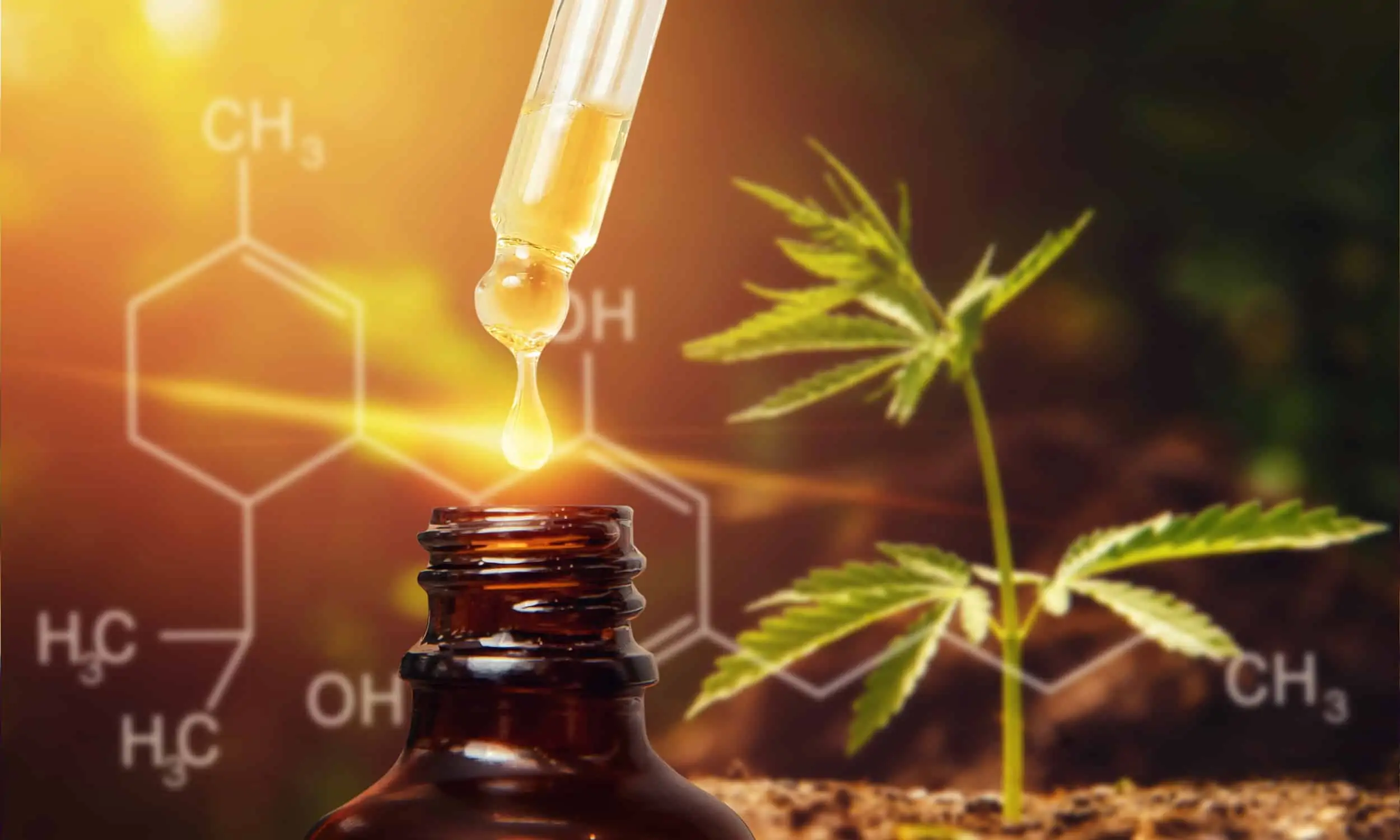
Why To Use Non Psychotropics First
To better understand CBD and CBG, let’s go into why the non-psychotropics should be used first. It is a disservice to the patient to recommend THC before cbd due to the way these molecules work with the nociceptive neurons in the body. CBD and CBG bind to non-cannabinoid receptors allowing a more immune response via the CB2 receptor which is primarily located in the gut.
Anti-inflammatory and pain relief benefits come specifically from the TRPV-1 receptor, and the anti-anxiety relief benefits come from the 5-HT1A Hydroxy tryptamine receptor which is a serotonin receptor in the brain.
Additionally, CBD and CBG inhibit the production of FAAH, which is Fatty Acid Amide Hydrolase. This molecule breaks down anandamide in the brain. So for those people who may have too much FAAH in your brain. You’re very stressed. You’re kind of freaking out. Cortisol is going up in the brain and you’re not feeling very good. CBD augments Anandamide, and it blocks FAAH for more of a CB1 receptor activation and more endocannabinoid tone within the system.
Gene Expression
Let’s touch on gene expression. This is a big one. THC has very little benefit with gene transcription modulation. CBD and CBG do help with gene transcription and gene expressions. Just as with meditation, your genes will begin to upregulate and increase oxytocin which increases nitric oxide to the brain. This allows for more vasodilation in the blood vessels.
Cannabinoids support the endothelium which is the barrier in the vessels and tissues that protect us against viruses. Many studies have confirmed CBD’s benefit with NRF2 upregulating genes that fight off inflammatory cytokines in the brain. This means it’s basically stabilizing microglia toxins that enter the brain like mold are detoxified through the NMDA receptor.
Cannabinoids like CBD help to detoxify the gastrointestinal region. As we know, when you fix the gut it typically sends signals up the vagus nerve into the brain and headaches and migraines tend to go away. Not all headaches and migraines are caused from something in the brain. They are caused by something in the gut sending signals to the brain. This causes issues like inflammatory responses. Additionally, CBD helps to seal up a leaky gut from glyphosate and other gut toxins like paraquat and rotenone.
CBD and CBG Dosing
Here we will discuss how to better understand CBD and CBG dosing. The proper protocol here at azWHOLEistic is to begin low with 5 to 10 milligrams per day. Ingest it twice per day. Once in the morning and once in the evening. If you need relief just for sleep then you will just take the evening dose approximately 30-40 minutes before bed.
Ingest it one to two hours away from any prescription medications that you’re on. Always talk to your physician about your different medications. There have been some, although rare situations where there’s contraindications from cannabinoids and prescription meds especially with blood pressure meds.
Be consistent with your dosage and increase your dose every three days. If you’re not feeling pain relief or less anxiety slowly increase your dose every three days. Titration is very important.
The biggest mistake people make is not increasing the dose. They will take 5 or 10 milligrams and not feel anything and think the CBD/CBG doesn’t work. Each person’s dose is unique to their metabolism. Height, weight and age have no bearing on cannabinoids. Large people could benefit by as little as 10 to 15 milligrams, and very small people may require 90 to a 100 milligrams. We’ve seen this happen many times in our stores.
Cannabinoids work on different pathways than prescription meds. CBD and CBG should be suggested first. THC should only be suggested if the patient has not benefited at all by CBD or CBG even at high dosages.
Hopefully this has been helpful to any physicians or doctors or even any students studying cannabinoids out there. We want to thank all you doctors and physicians out there for all that you do..
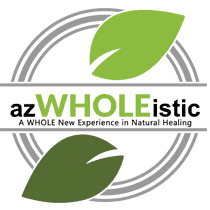
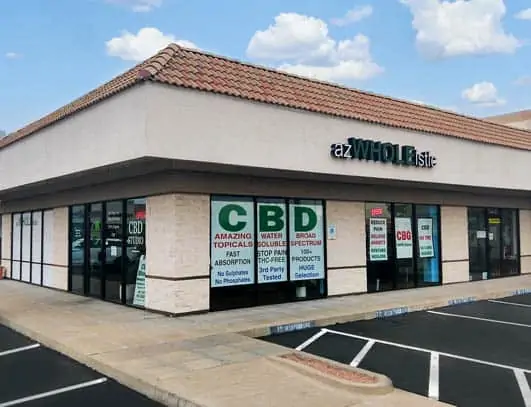 Phoenix
Phoenix Chandler
Chandler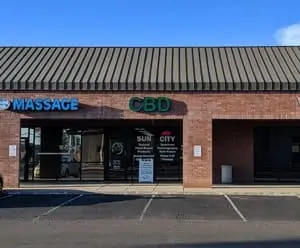 Sun City
Sun City Oils & Tinctures
Oils & Tinctures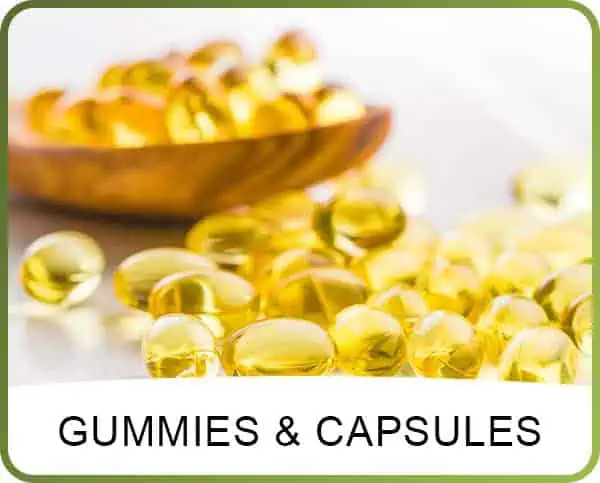 Gummies & Capsules
Gummies & Capsules Topicals
Topicals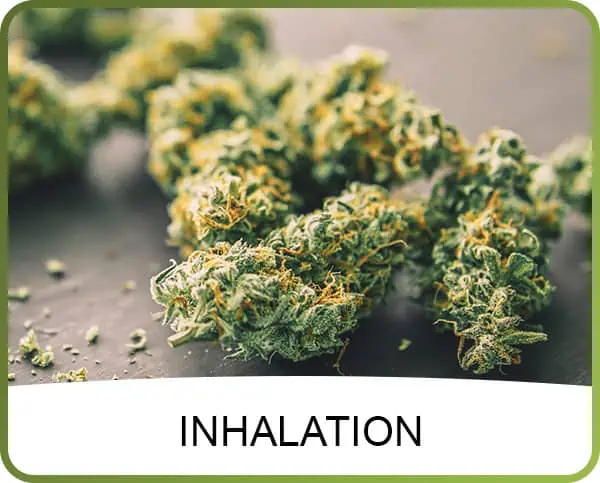 Inhalation
Inhalation CBD For Pets
CBD For Pets
